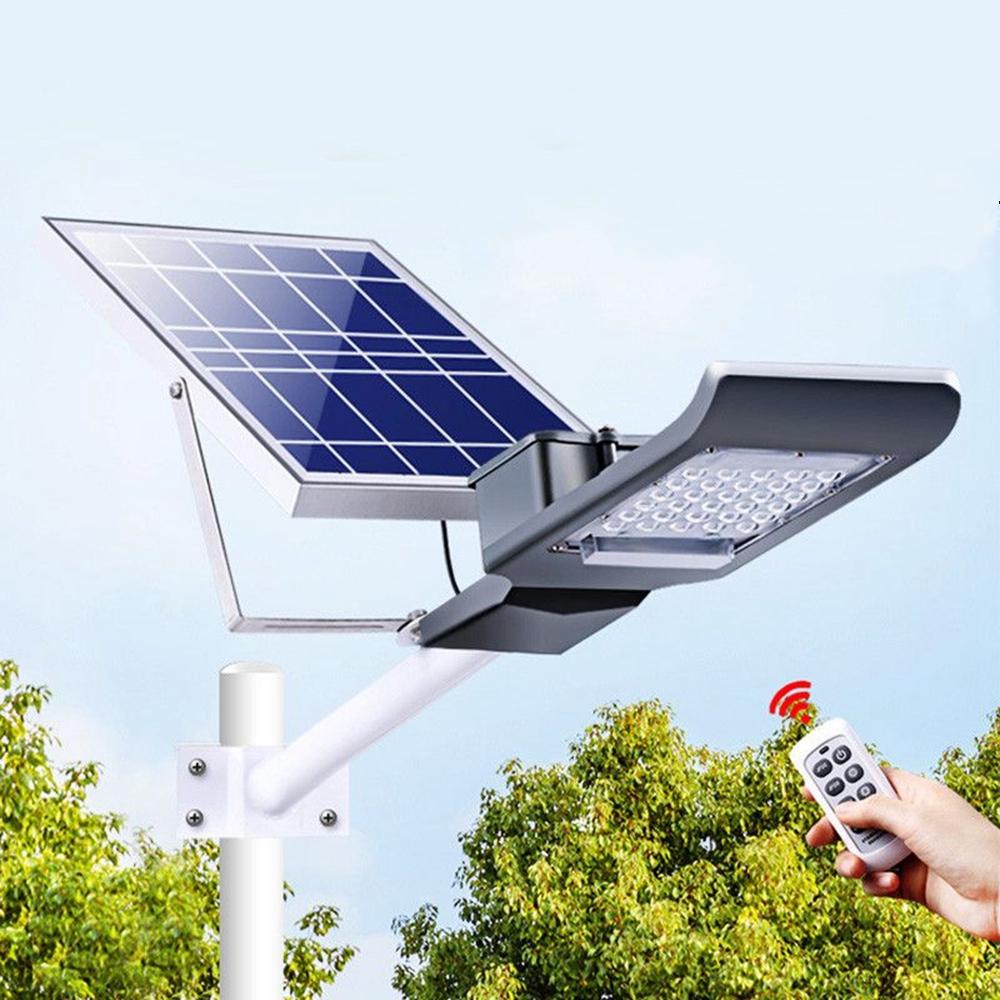Maintaining the solar panel, battery, and other components of a solar street lamp is essential to ensure its efficient operation and longevity.
Solar Panels:
- Regular Cleaning: Keep the solar panels clean by removing dirt, dust, and debris. Dirty panels can reduce the amount of sunlight they can absorb. Clean the panels gently with a soft brush or cloth and water. Avoid using abrasive materials that could scratch the surface.
- Inspect for Damage: Regularly inspect the solar panels for any signs of cracks, chips, or other physical damage. Damaged panels may not function optimally and should be repaired or replaced if necessary.
- Check Wiring and Connections: Examine the wiring and connections between the panels and other components for signs of wear or loose connections. Tighten any loose connections and replace damaged wires.
- Trim Vegetation: If nearby vegetation is shading the solar panels, trim it back to ensure maximum sunlight exposure. Shade can significantly reduce the efficiency of solar panels.
Battery:
- Monitor Battery Voltage: Regularly check the battery voltage to ensure it’s within the recommended range. This can help you identify if the battery is charging and discharging properly.
- Equalization Charge: Some battery types may require occasional equalization charging to balance the cells’ charge levels. Check the manufacturer’s recommendations for your specific battery type.
- Temperature Control: If your solar street lamp is located in an area with extreme temperatures, consider measures to control the temperature around the battery. Extreme temperatures can affect battery performance and lifespan.
- Protect from Deep Discharge: Avoid letting the battery discharge completely, as this can damage the battery. Implement safeguards to prevent deep discharge, such as using low-voltage disconnect devices.
- Replace Old Batteries: Rechargeable batteries have a limited lifespan. If you notice a significant decrease in battery performance or capacity, it may be time to replace the battery.
General Maintenance:
- Inspect Light Output: Regularly check the light output of the solar street lamp during nighttime operation. If you notice reduced brightness, it could indicate issues with the solar panel, battery, or other components.
- Weatherproofing: Ensure that all connections, junction boxes, and enclosures are properly sealed and weatherproofed to prevent water and moisture ingress.
- Testing and Calibration: If your solar street lamp has automated controls or sensors, perform periodic testing and calibration to ensure they are functioning correctly.
- Backup Power Source: In regions with extended periods of low sunlight, consider having a backup power source or grid connection to ensure continuous lighting during cloudy days.
- Professional Inspection: Periodically, it’s a good idea to have a professional inspect and service the solar street lamp system. They can identify issues that might not be apparent during routine maintenance.


